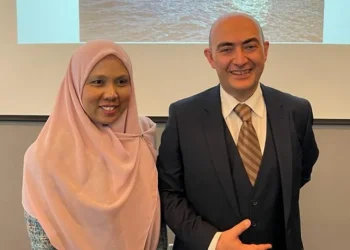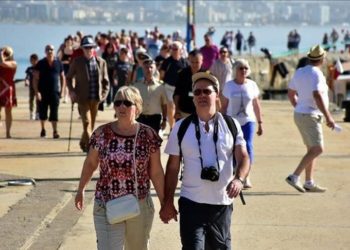 The little-known details and inner workings of the Ottoman harem are now on display in a new exhibition that opened this week at İstanbul’s historic Topkapı Palace Museum.
The little-known details and inner workings of the Ottoman harem are now on display in a new exhibition that opened this week at İstanbul’s historic Topkapı Palace Museum.
Titled “Padişahın Evi: Harem-i Hümayun” or “The Sultan’s Home: The Imperial Harem,” the exhibition was inaugurated on Tuesday evening at the museum’s Has Ahırlar (imperial stables) Exhibit Hall with a ceremony attended by Culture and Tourism Minister Ertuğrul Günay.
Speaking at the opening, Günay told reporters that the harem was an “integral part of the Ottoman court, which ruled a huge part of the world for more than 400 years.” Noting that the popularity of the concept of a “harem” led to false impressions, Günay said the new exhibition would help correct perceptions of the Ottoman harem.
A joint effort between the Topkapı Palace Museum and the Ankara-based Bilkent Cultural Initiative (BKG), “Padişahın Evi: Harem-i Hümayun” is made up of around 300 items, including various personal belongings and objects used by the Ottoman sultans, their wives and children, written documents from the palace’s archives and works of art depicting life in the Ottoman court and the harem, such as gravures and miniatures.
The exhibit’s four sections recount how the harem was built, its hierarchical structure, the daily life in the harem and the lives of the Ottoman imperial family and their relationship with the harem.
Topkapı Palace Museum President İlber Ortaylı said during Tuesday’s opening that museums were “part of history education,” adding, “This is why we put together … this exhibition, which is the first of its kind … anywhere in the world.”
“We hope that this exhibition will be seen by our people over the next four months and an important [collection] will thus be utilized,” Professor Ortaylı added.
“Padişahın Evi: Harem-i Hümayun” will continue until Oct. 15 at the Topkapı Palace Museum’s Has Ahırlar Exhibit Hall.














